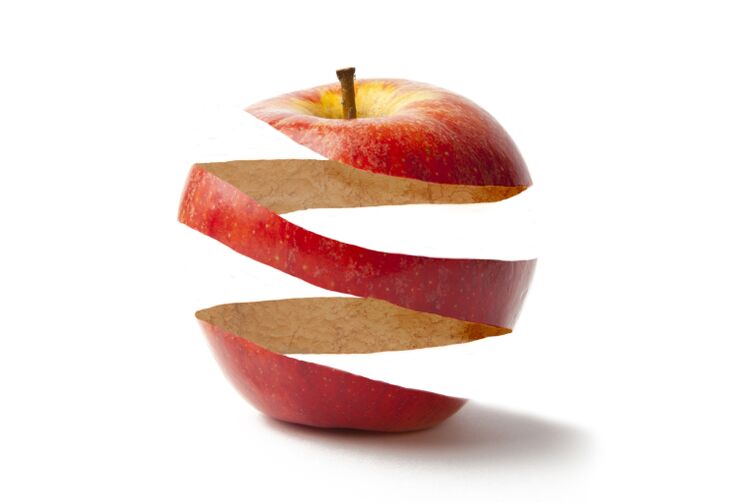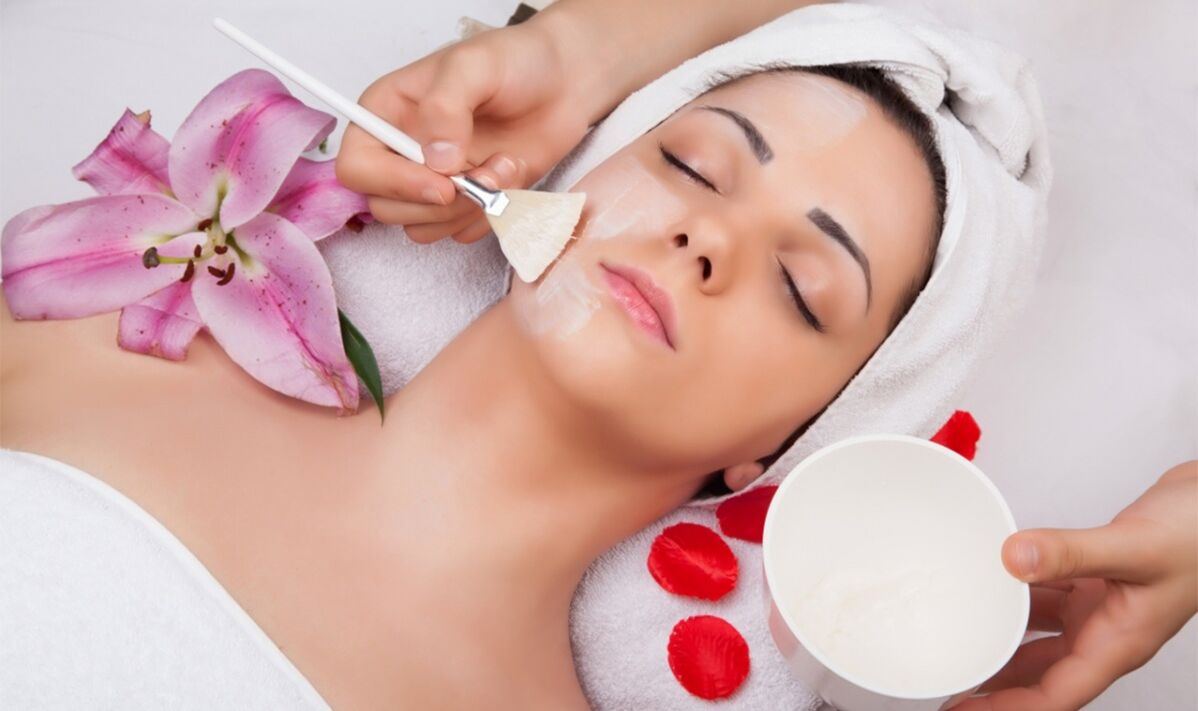Can it take ten years with peeling? Yes, but not all types are equally effective. We will tell you which procedure is suitable for skin rejuvenation.

What is an anti-aging peel?
Honestly, any peeling is rejuvenation, because this procedure forces the skin to replace old cells with new ones. Of course, being young and fresh looks better than old and dull. But among the vast array of exfoliants, there are some options that are especially good for aging skin. That is, among other things, they have a lifting effect.
Varieties according to impact depth
Aging skin, marked by wrinkles and age spots, losing elasticity and tone, requires a fairly deep treatment - a peeling treatment that acts on living cells and not on skin scalesdie.

Exfoliating, like peeling an apple, removes a layer of damaged cells from the skin. Peeling, which brings visible results, requires some sacrifices.
- Causes peeling.
- Provides a recovery period. You may have to take a few days off work.
- For post-peeling care, you need to stock up on special products.
However, the success of the event depends not only on the depth of impact but also on the peeling agent chosen. As for deep peeling methods, they are currently not popular because they are prone to injury and have many side effects and risks. They are being successfully replaced by more refined techniques.
Choosing techniques for anti-aging procedures
Modern cosmetology offers a number of procedures that are performed in beauty salons or clinics.
Glycolic Peeling
The most popular peeling method, used for all problems. If you don't like something about the condition of your skin, we'll book you in for a glycolic peel. Glycolic acid has deservedly received this recognition. It perfectly refreshes the skin and removes imperfections, making it smooth, radiant and moisturized.
The most surprising thing is that glycolic acid indirectly stimulates collagen production, that is, it affects the structure of the skin, restoring its elasticity and density. That's why glycolic peels are called "regenerative".
Peeling with trichloroacetic acid
Classic medium peel. Trichloroacetic acid is considered best for penetrating deep into the skin. It causes visible damage and peeling in large patches - a few days after the procedure, scabs form on the face and the skin begins to peel. Yes, this is not the most pleasant time to endure. The main thing is not to tear off the scales, not to touch them and let the skin fall off on its own.

Peeling with trichloroacetic acid causes large sheet peeling. Patience will pay off - the skin will become radiant, smooth and firm after the first treatment. Perhaps this will be the end of the matter. But for deep wrinkles (as well as after acne), the moderate peeling process must be repeated.
Peeling with retinol (retinoic)
In addition to its yellow color, it is also famous because it does not damage the upper layer of the epidermis, but acts on the bottom layer, stimulating cell division. New cells grow en masse, replacing the surface layers. Peeling does not always occur - it all depends on the specific composition of the peeling process. But improvement in skin firmness and lifting is guaranteed.
Laser photothermal method
This is a fractional laser skin peeling method that has created a revolution in the hardware aesthetic industry. The effect is very close to that of moderate peeling, although the operating principle is different. The cause of skin damage is not chemical agents but laser rays. It is regularly "stitched" with thousands of laser needles at a strictly specified depth.
Since living, untouched tissue remains between the damaged areas, the skin is restored quickly enough without causing undesirable consequences.

Laser photothermolysis successfully replaced post-traumatic laser resurfacing, and acid peels kept me going. Peeling is inevitable, as is redness and swelling (when the contact is deep enough). But the results are amazing!
Can anti-aging peels be performed at home?
The variety of cosmetic brands includes formulations containing acids: fruit, salicylic and retinol. Use them as directed. Lotions, night creams and concentrates - there are enough options and they give excellent results for home cosmetics. But we do not advise you to pretend to be a cosmetologist and apply preparations that professionals work on your face. Is it dangerous?
Without special skills, you can cause contact dermatitis even with a minimal concentration of acid in the composition
Review of anti-aging exfoliating products
In our selection we include products that renew the skin with acids and retinol.
The tube contains glycolic acid
Each tube, designed for one use, contains 10% glycolic acid, which helps smooth skin in one week. The serum is applied in the evening, and in the morning it is recommended to use a cream with a filter in the morning. The peeling complex with glycolic acid stimulates skin regeneration with the very pleasant consequences of smooth, radiant skin. Vitamin C exerts anti-aging and skin-evening effects, as does niacinamide, known for its properties against unwanted pigmentation.
Night peeling serum
Glycolic and citric acids gently exfoliate the skin. Vitamin C evens skin tone. After just a week of using serum, you will notice a difference, your skin will become smoother and dark spots will fade. One tube is designed for two uses.
Deep wrinkle removal serum
An example of a home treatment with a high concentration of retinol (0. 2%) - enough to transform the skin: evens skin tone, reduces wrinkles, smoothes texture. We recommend using the product every 3 days and then every other day.






































